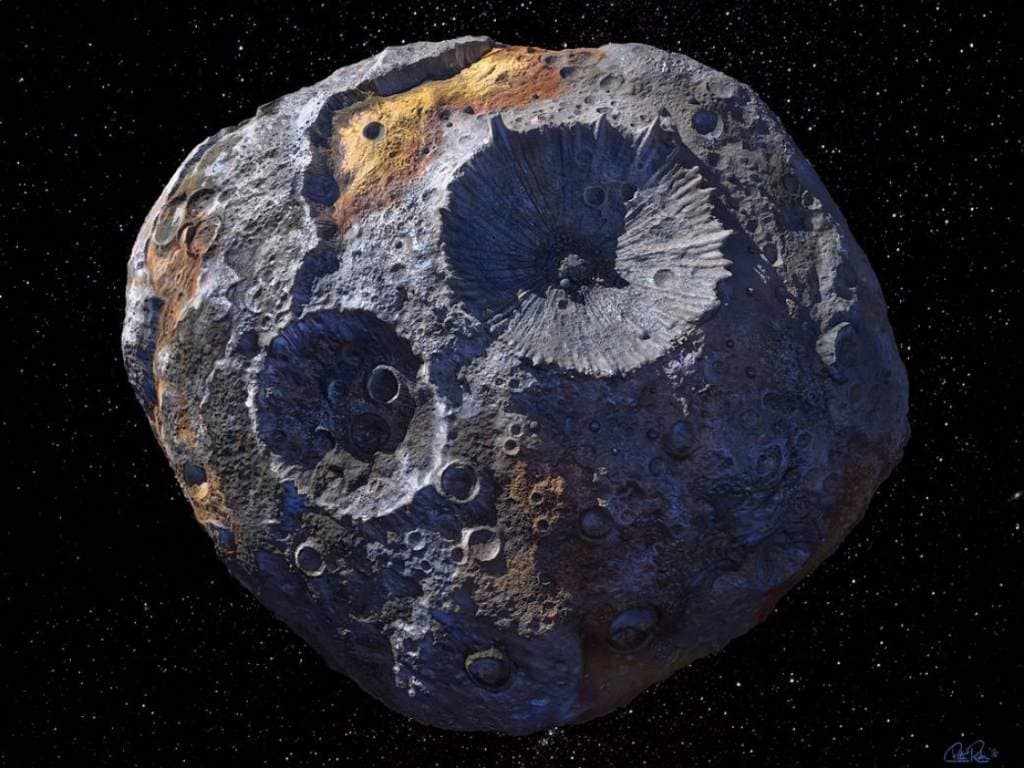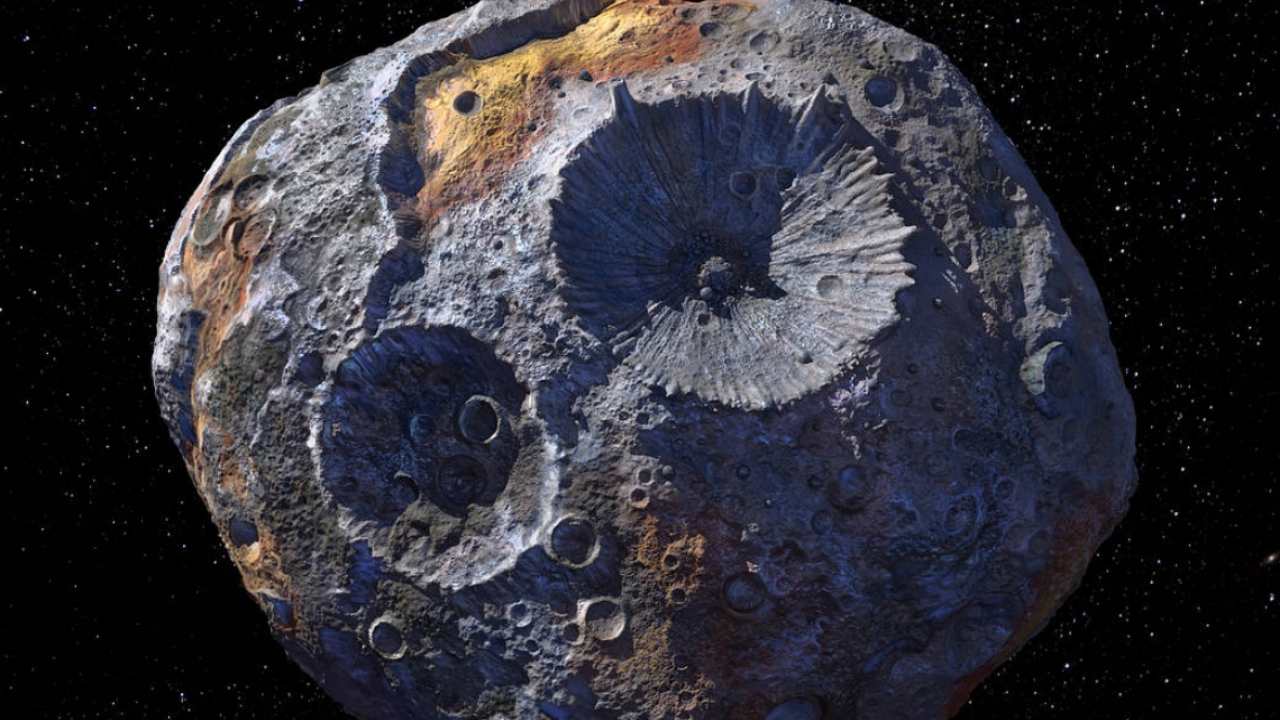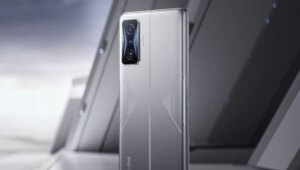FP TrendingJun 14, 2021 18:23:37 IST
A new study by researchers at the University of Arizona (UArizona) suggests that the origin of the asteroid 16 Psyche could be different from what was believed. The new study also indicates that the asteroid may not be as metallic or dense as everyone has initially believed. The study was conducted by David Cantillo, an undergraduate student of UArizona. It has been published in the peer-reviewed journal The Planetary Science.
The study states that 16 Psyche has 82.5 percent metal, seven percent low-iron pyroxene, and 10.5 percent carbonaceous chondrite which was delivered by the impact created from other asteroids. It was initially believed that 16 Psyche was an exposed iron core of a small planet that could not form in the initial days of the solar system.

An artist’s concept of asteroid 16 Psyche.Maxar/ASU/P.Rubin/NASA/JPL-Caltech
The research now suggests that 16 Psyche has a 35 percent porosity which is the empty space within its body. The current findings contradict the previous observations that said that as much as 95 metals could be present in the asteroid.
Speaking about 16 Psyche, Cantillo said that the new findings indicate that the asteroid was possibly exposed to collisions with other asteroids containing carbonaceous chondrites.
The publication further mentions that there is a possibility that 16 Psyche could be close to a rubble pile like the Bennu asteroid.
“Psyche as a rubble pile would be very unexpected, but our data continues to show low-density estimates despite its high metallic content,” Cantillo said.
Using sunlight reflecting from the asteroid’s surface, previous estimates were made of the asteroid’s 16 Psyche’s composition and the light pattern matched that of other metallic objects.
According to a press release, the researchers recreated 16 Psyche’s regolith which is the loose rocky material on its surface. They did this by mixing different materials together in a lab and analysing the light patterns until they matched the telescope observations made of the asteroid.
The UArizona researchers will now look into finding water content on the asteroid’s surface. They said they will do this by merging data obtained from spacecraft missions to other asteroids and ground-based telescopes. We will have to wait and see if they do find the water or no.
About Psyche mission
The asteroid Psyche orbits the Sun and is located between Mars and Jupiter. This unique metallic asteroid has piqued NASA’s interest and the space agency will be sending an orbiter to check it out in 2022. The spacecraft is expected to travel for around three and a half years and will arrive at asteroid 16 Psyche in 2026.
The orbiter will spend 21 months mapping and studying Psyche’s properties. One of the reasons NASA is interested in this asteroid is because it will give us a chance to explore a new type of world – not made of rock or ice but metal.
“The opportunity to study an exposed core of a planetesimal is extremely rare, which is why they’re sending the spacecraft mission there,” Cantillo said, “but our work shows that 16 Psyche is a lot more interesting than expected.”
The objectives of this mission are:
- Determine whether Psyche is a core, or if it is unmelted material.
- Determine the relative ages of regions of Psyche’s surface.
- Determine whether small metal bodies incorporate the same light elements as are expected in the Earth’s high-pressure core.
- Determine whether Psyche was formed under conditions more oxidizing or more reducing than Earth’s core.
Characterize Psyche’s topography.










